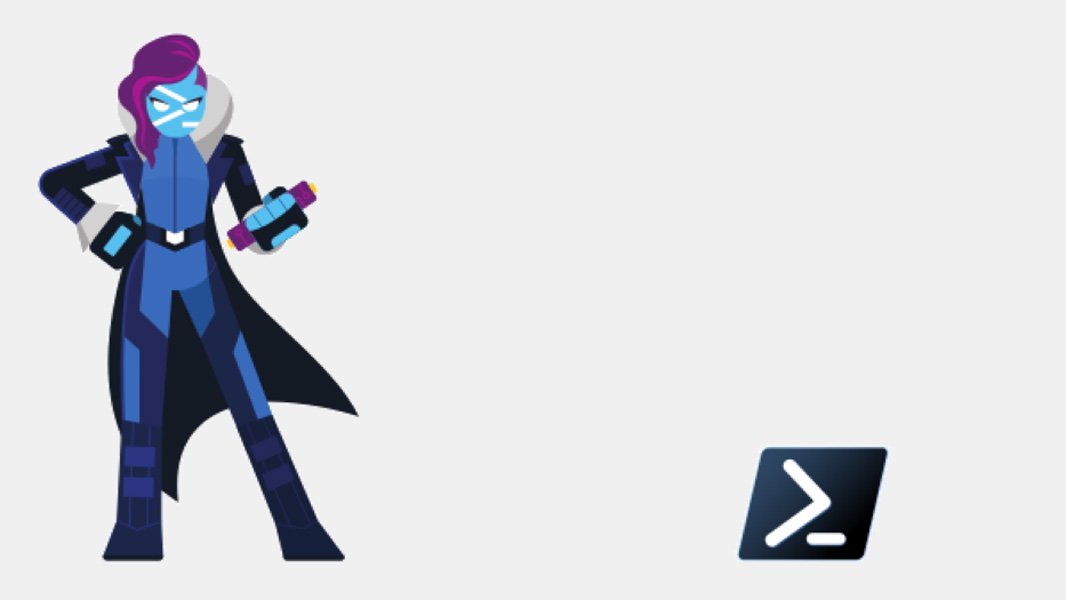
Today, Microsoft announced the immediate availability of PowerShell 7, the latest version of its cross-platform automation tool that provides a command-line shell, an object-oriented scripting language, and a set of tools for executing scripts/cmdlets and managing modules.
“Today, we’re happy to announce the Generally Available (GA) release of PowerShell 7.0,” Microsoft’s Joey Aiello writes in the announcement. “We’d like to thank our many, many open-source contributors for making this release possible by submitting code, tests, documentation, and issue feedback. PowerShell 7 would not have been possible without your help.”
Like its predecessor, PowerShell 7 is built on top of .NET Core, which is what allows this environment to work with Linux and macOS in addition to Windows. But as is the case with .NET Core, which will lose the “Core” branding with its next major release and just become .NET, PowerShell is losing the “Core” branding from PowerShell Core 6.x with this release as well. So it is just going by the name PowerShell now. Again. Or something. (The version of PowerShell that ships with Windows 10 is 5.x.)
As a major new release, PowerShell 7 includes several new features, including support for pipeline parallelization, some new operators, a simplified and dynamic error view, a compatibility layer for importing modules in Windows, automatic new version notifications, and more, in addition to many new cmdlets, APIs, and bug fixes.
PowerShell 7 supports Windows 7, 8.1, and 10, Windows Server 2008 R2 or newer, macOS 10.13 or newer, and several Linux variants, including Alpine Linux 3.8+, Debian 9+, Fedora 29+, openSUSE 15+, Red Hat Enterprise Linux/Cent OS 7+, and Ubuntu 16.04+. It is fully compatible with any models that target PowerShell Core 6.x.
You can learn more about PowerShell 7 from the Microsoft Docs website.
